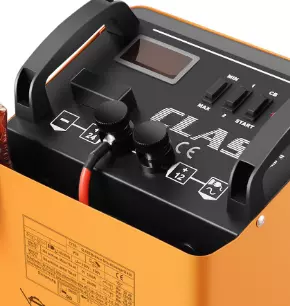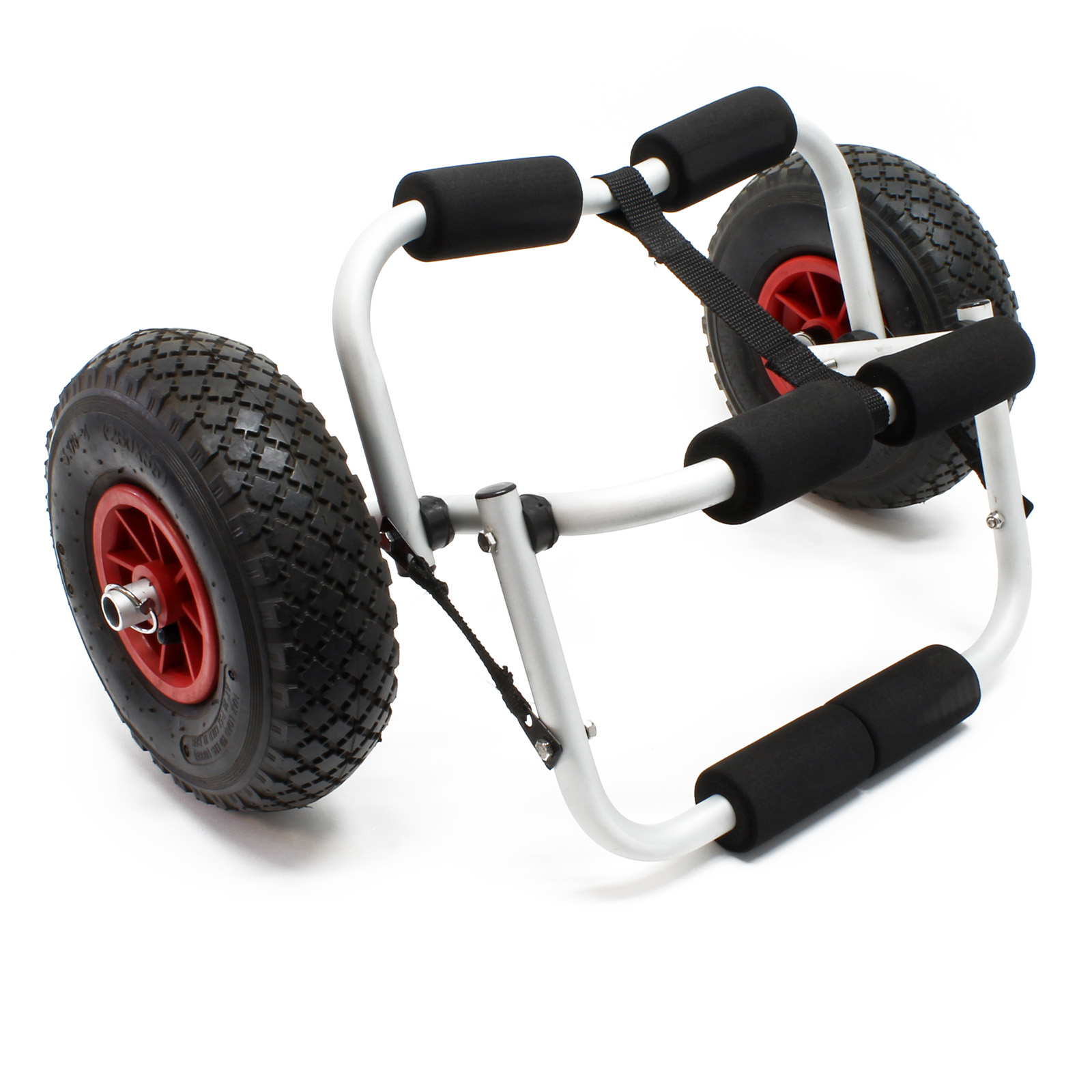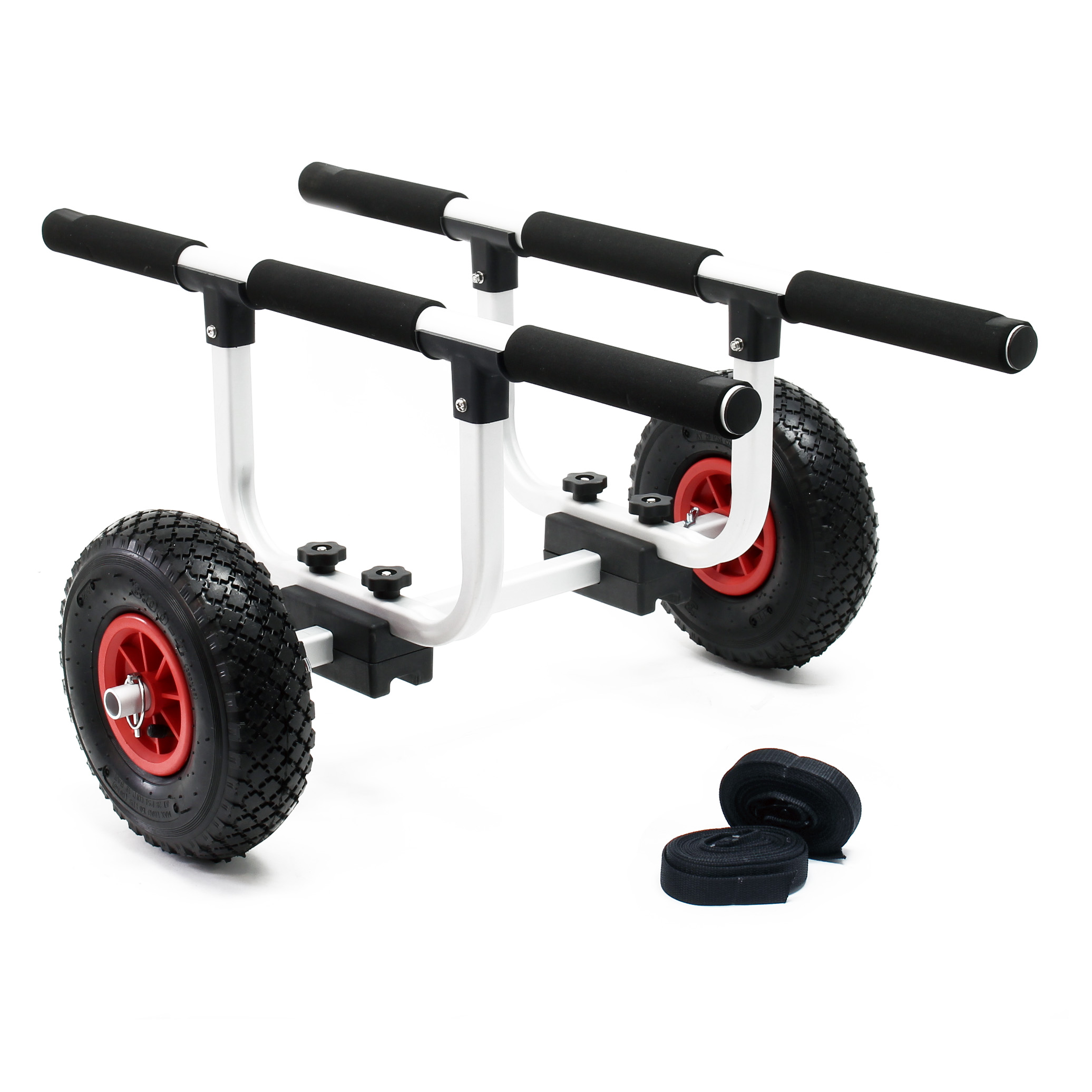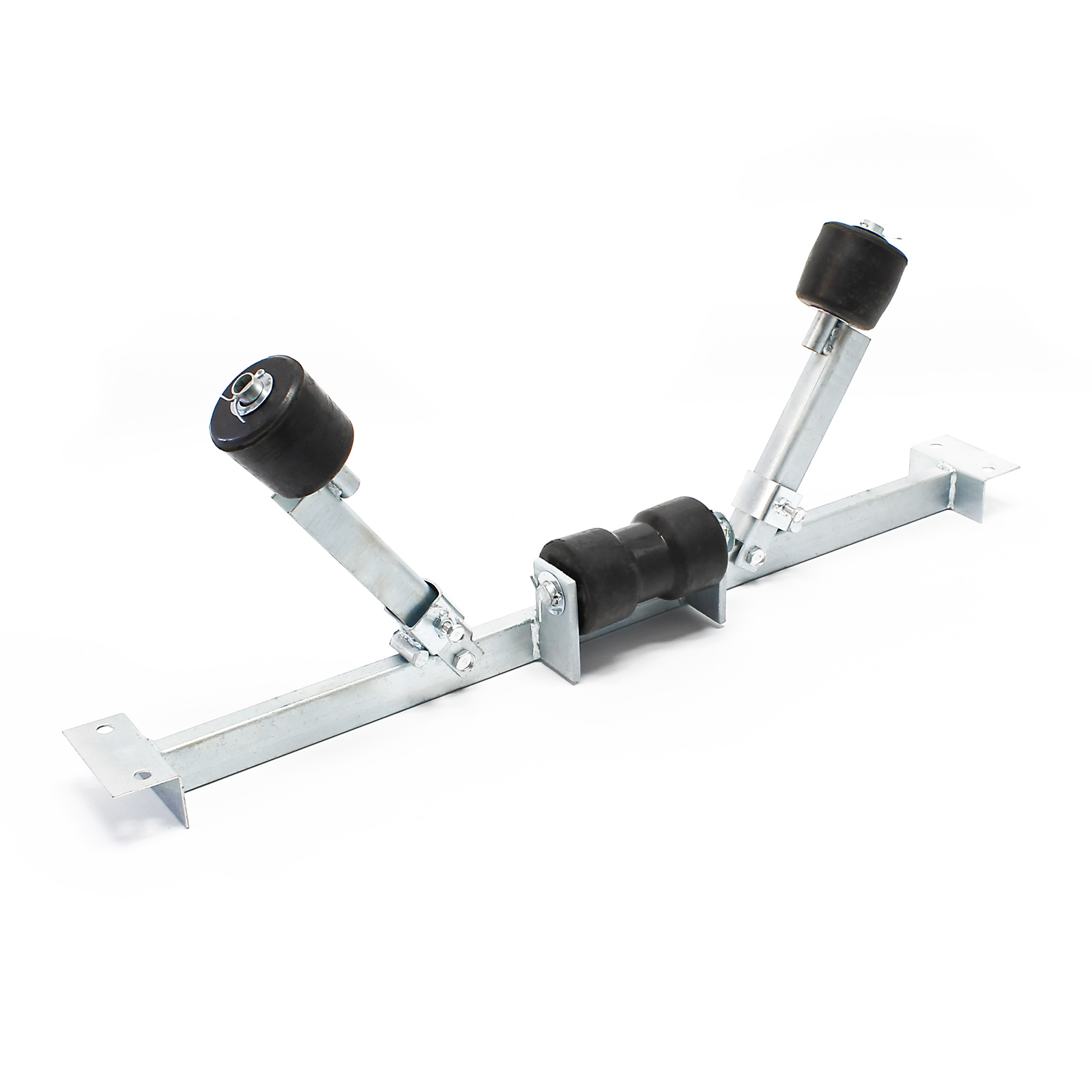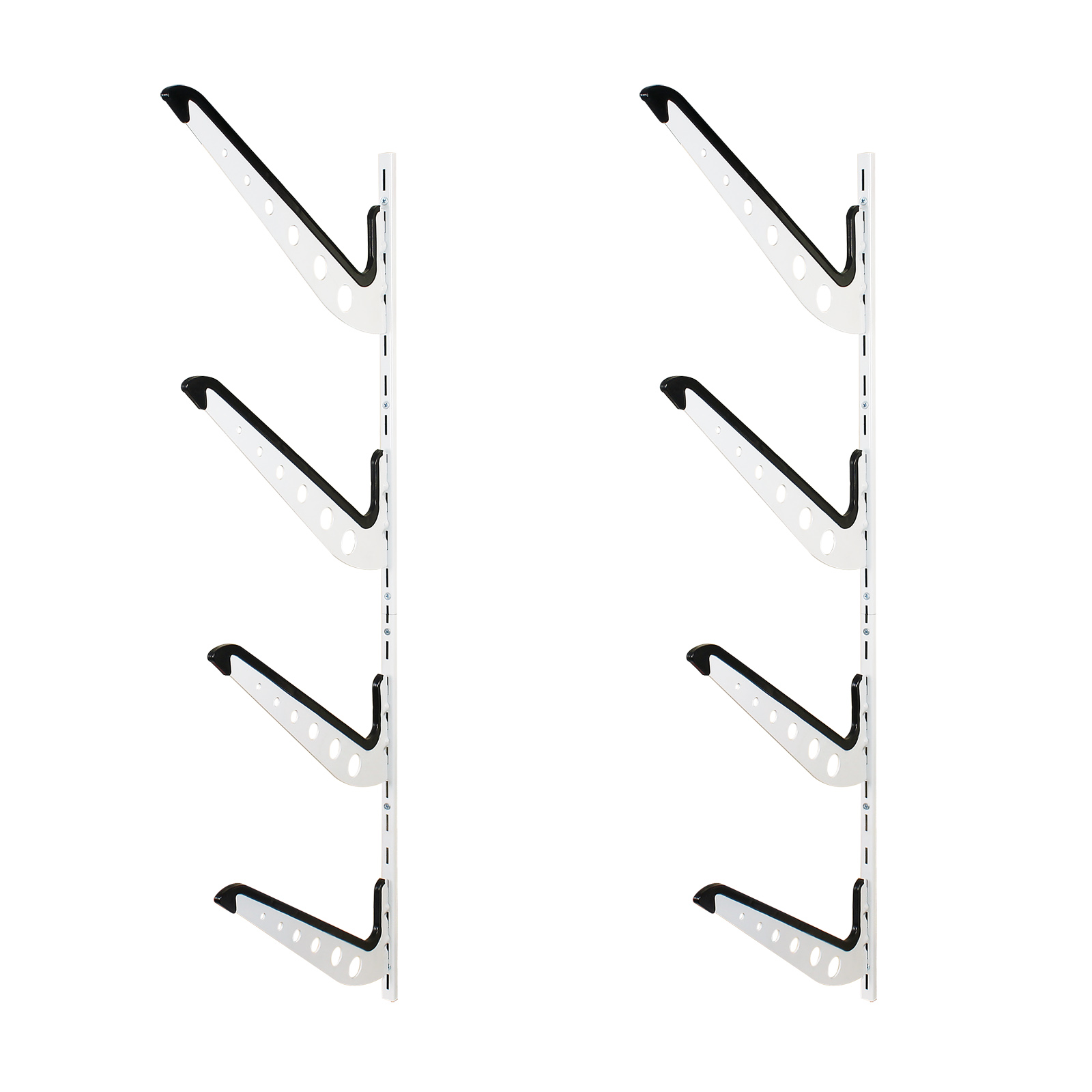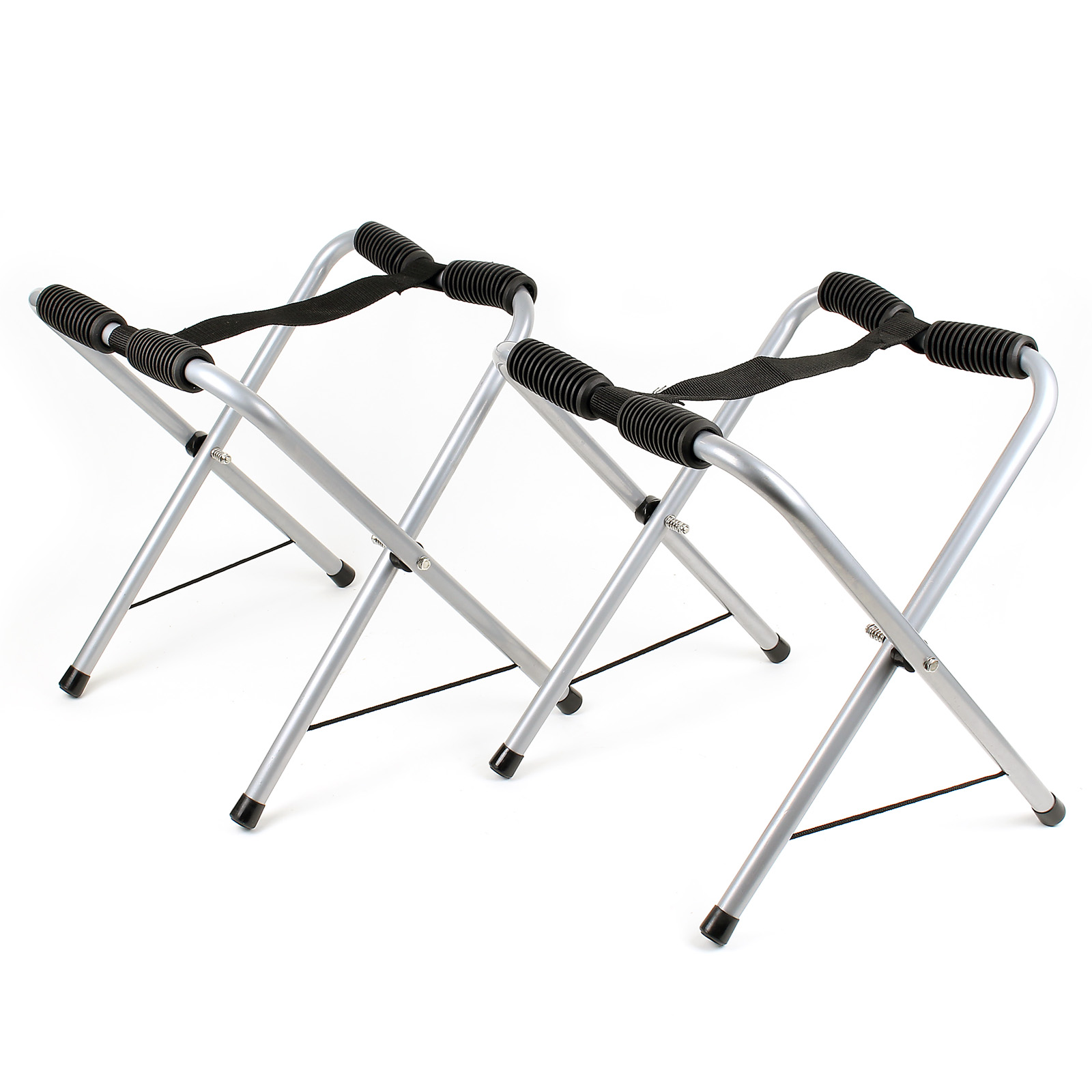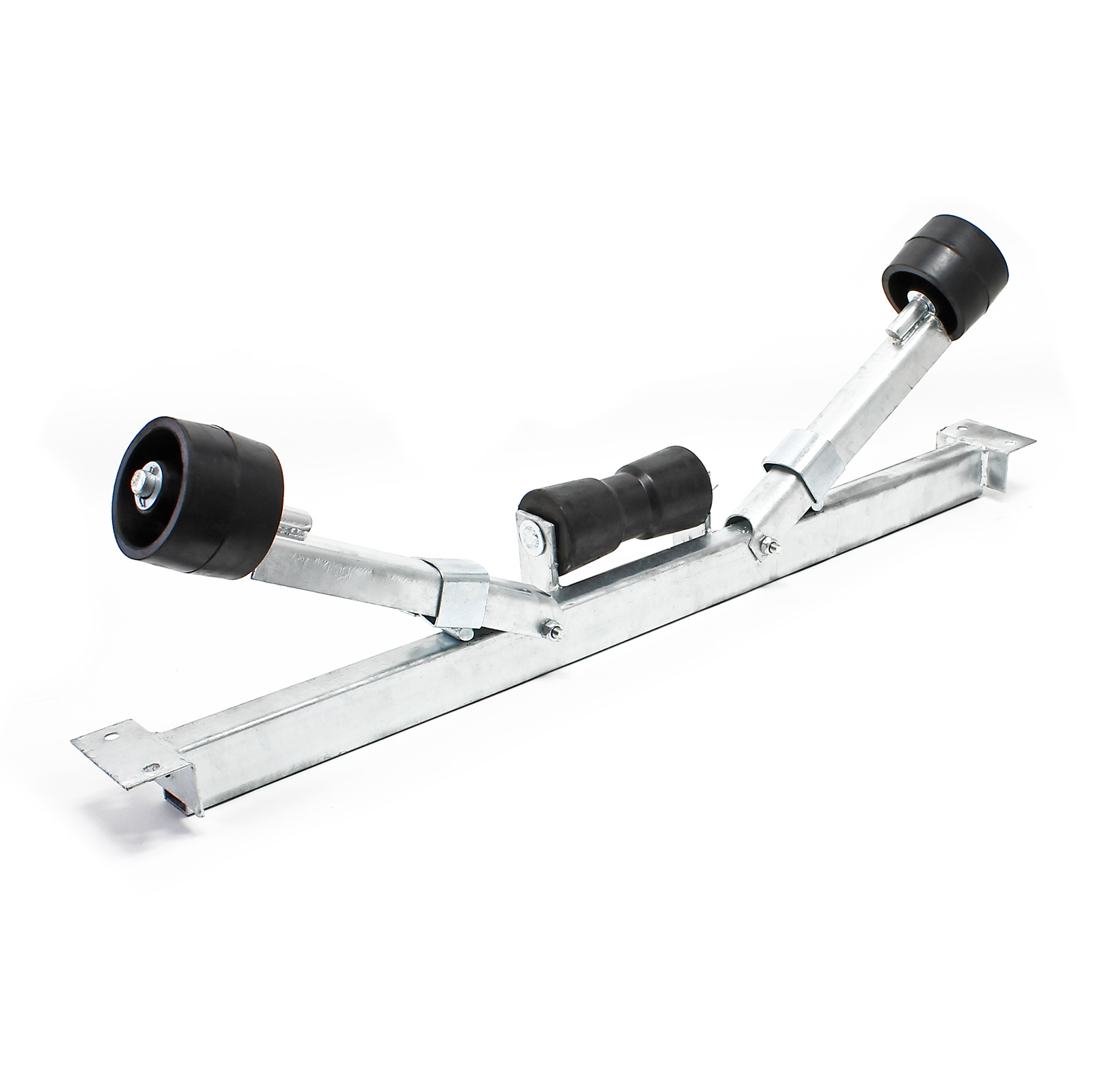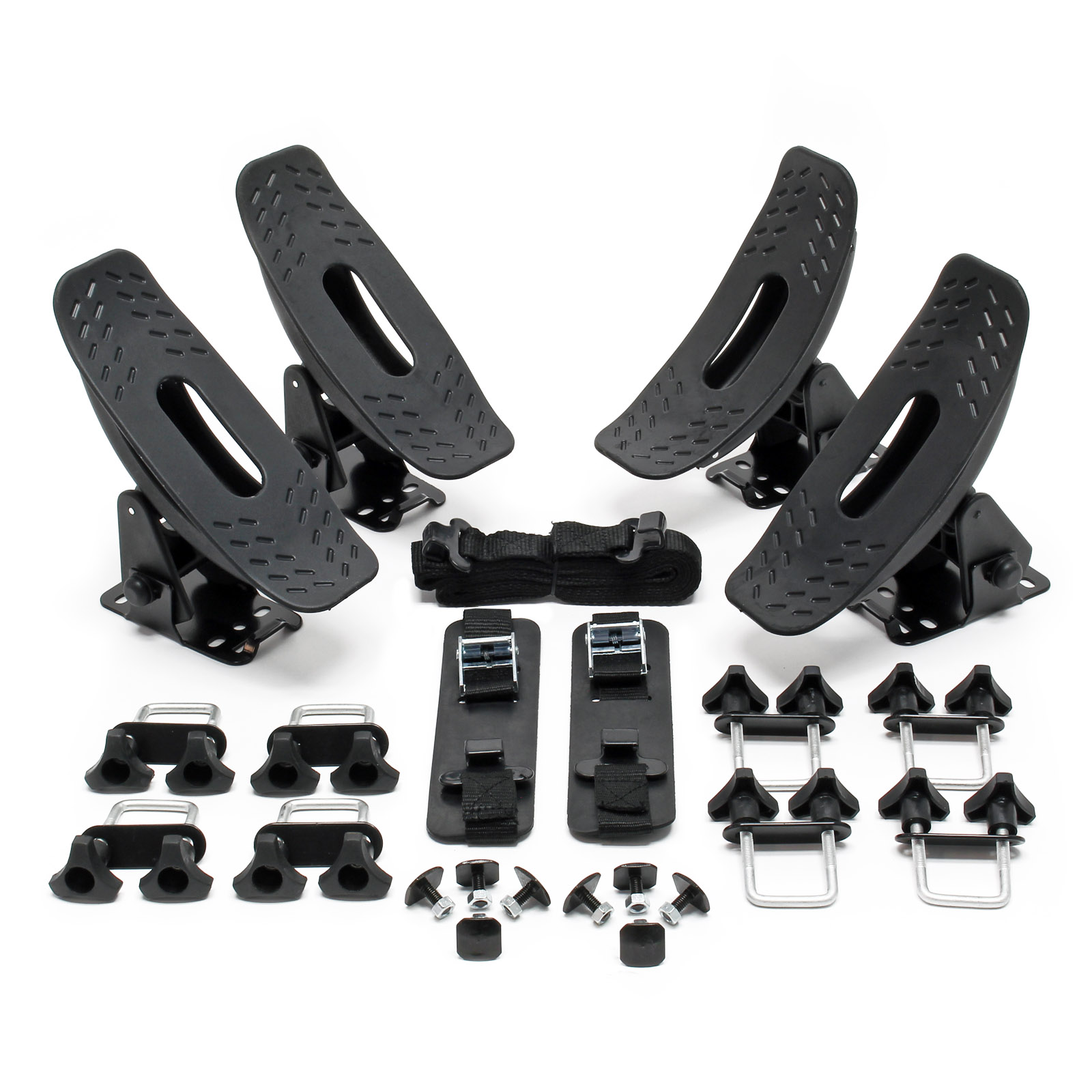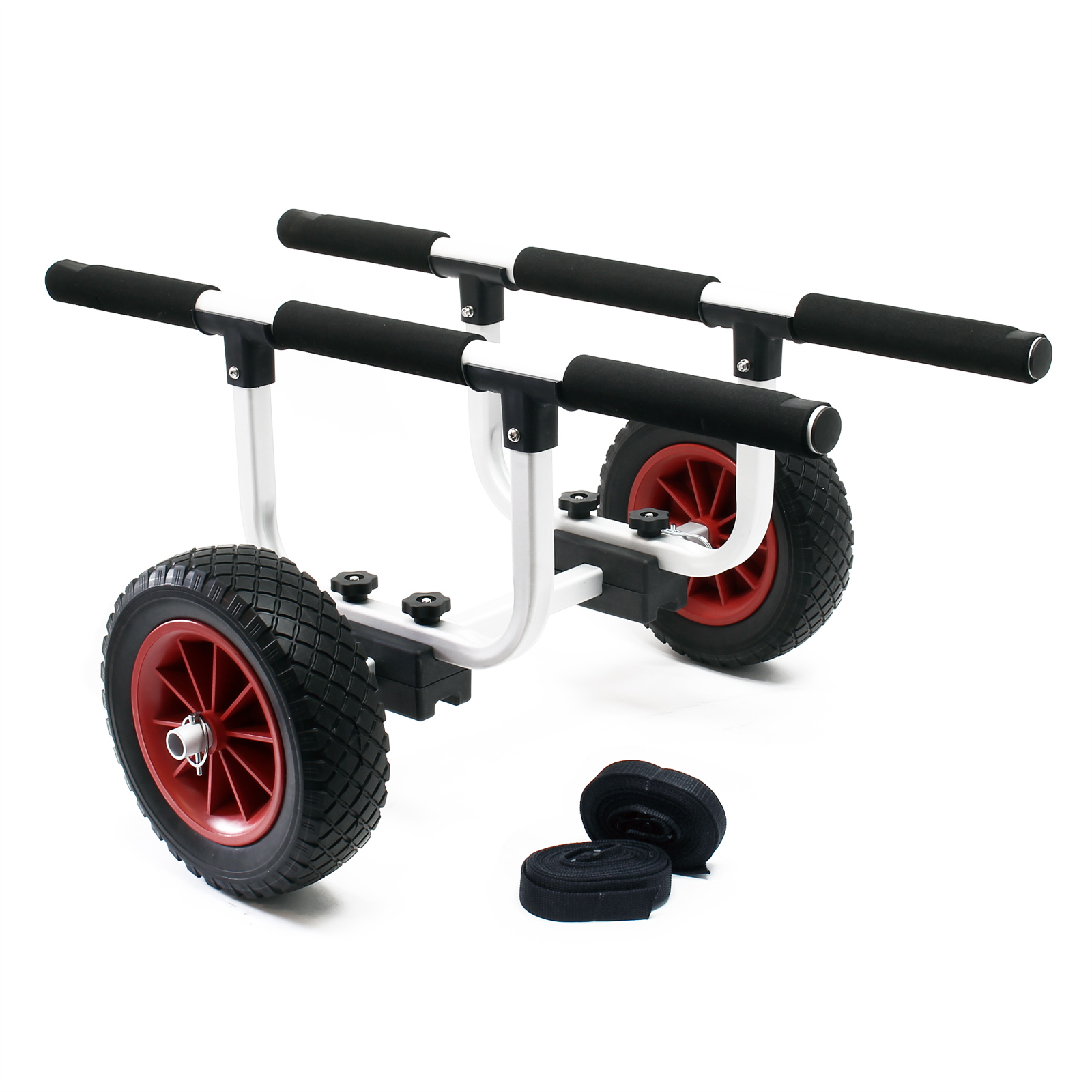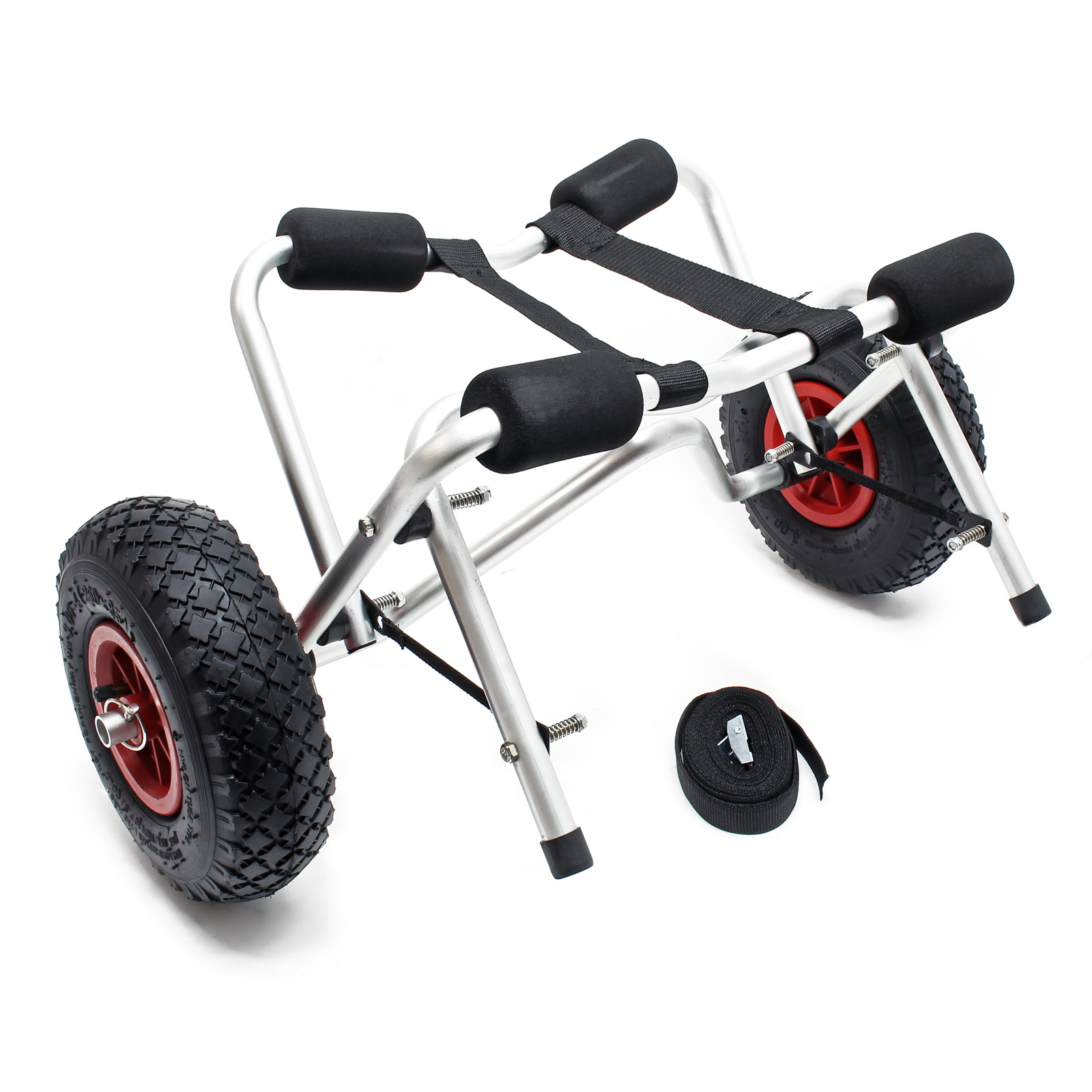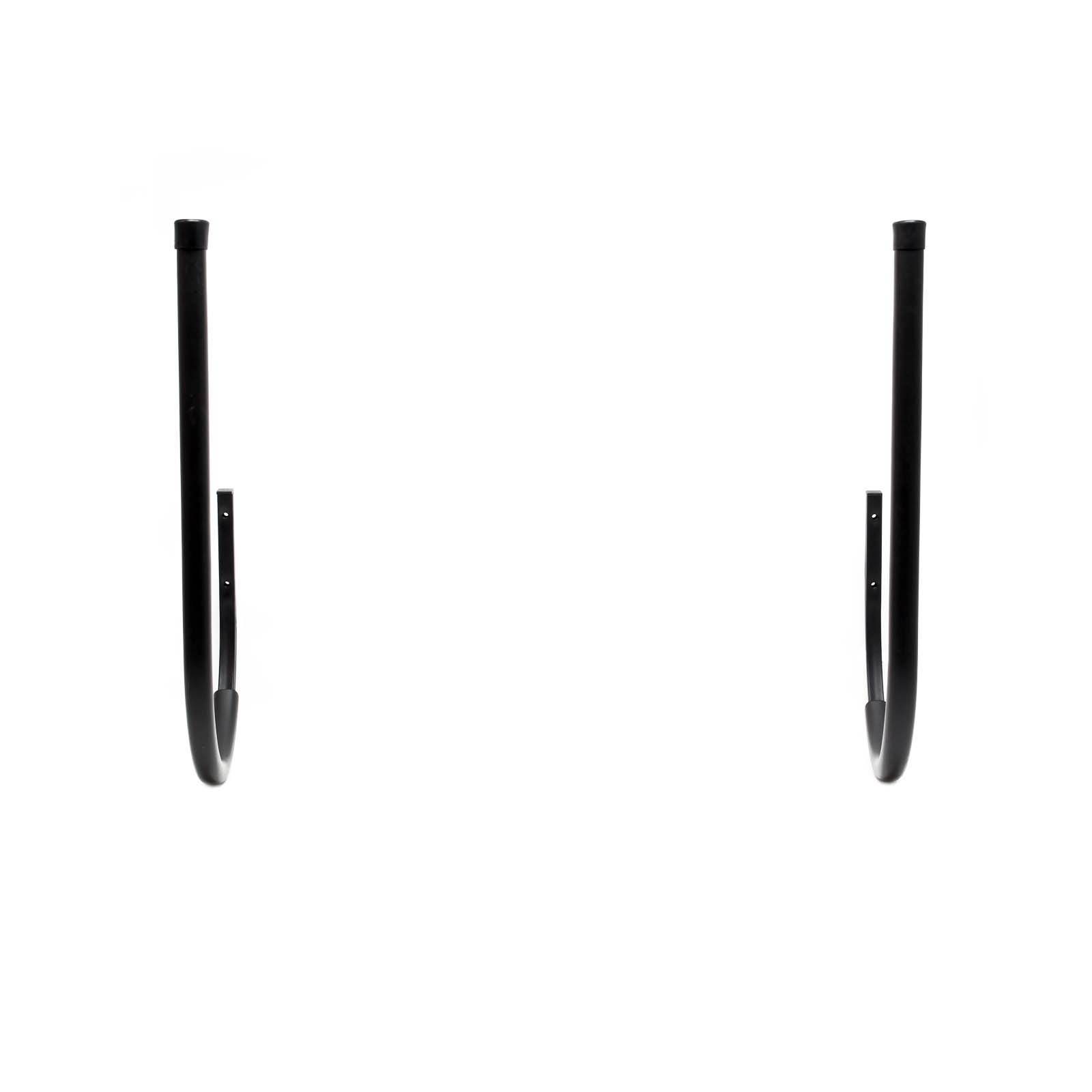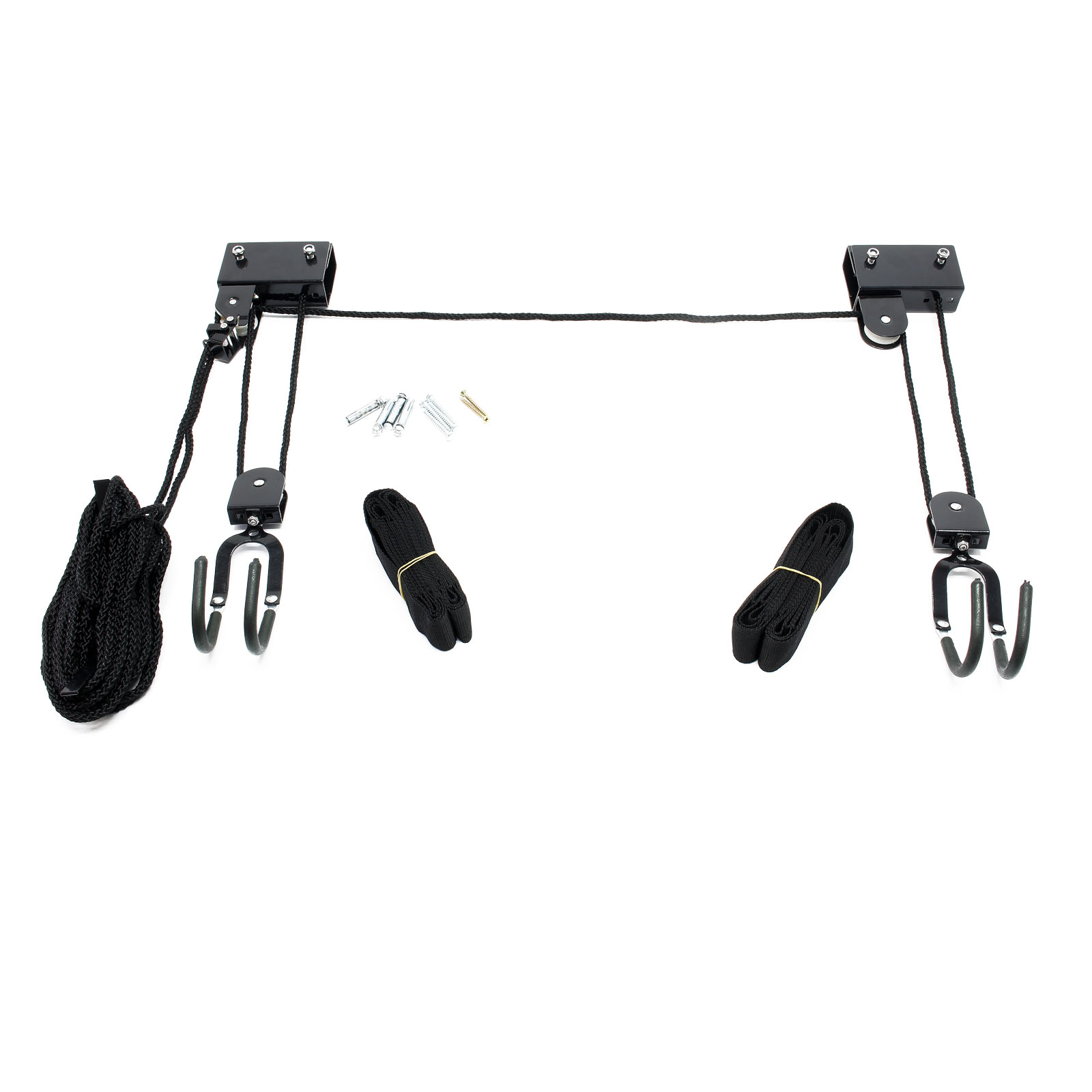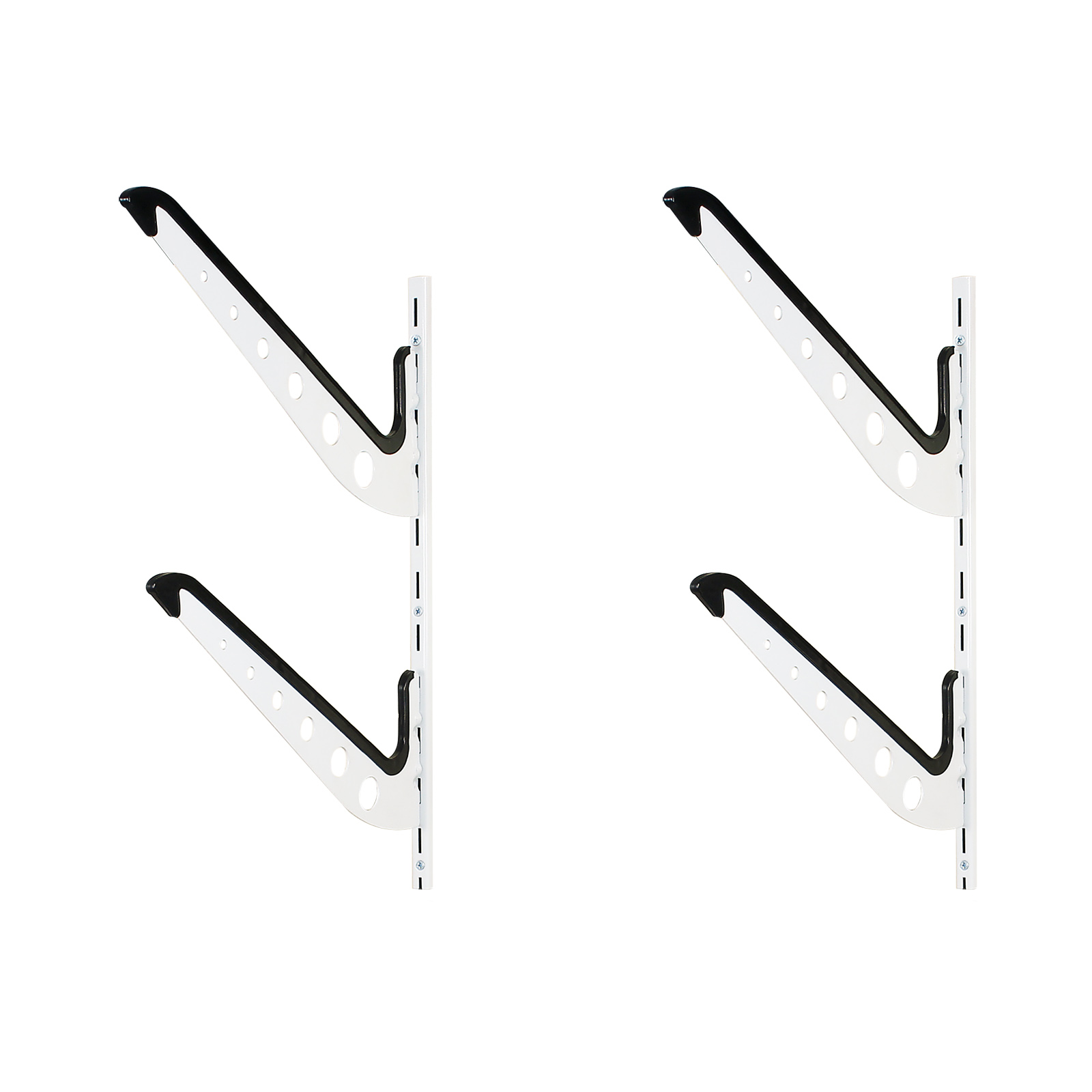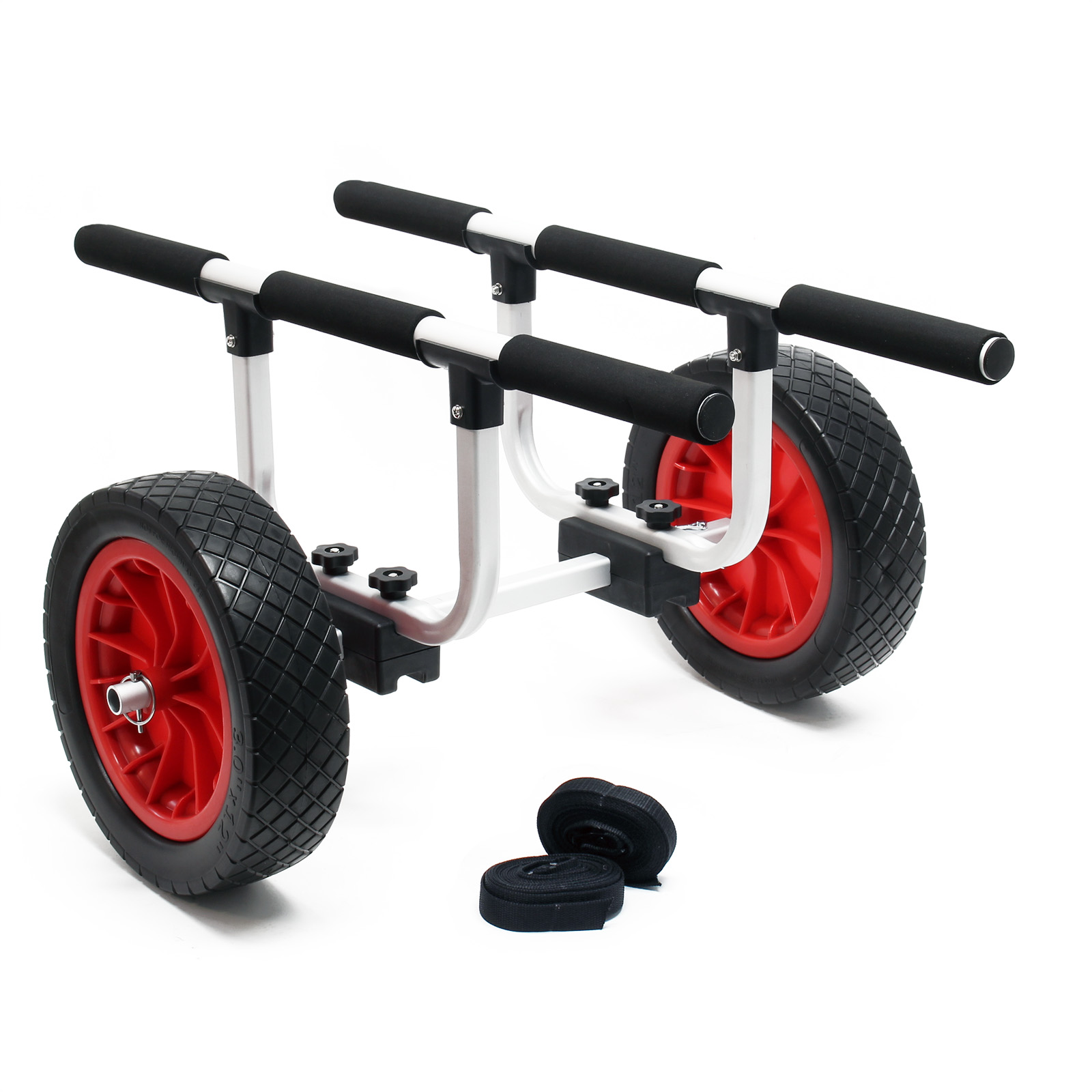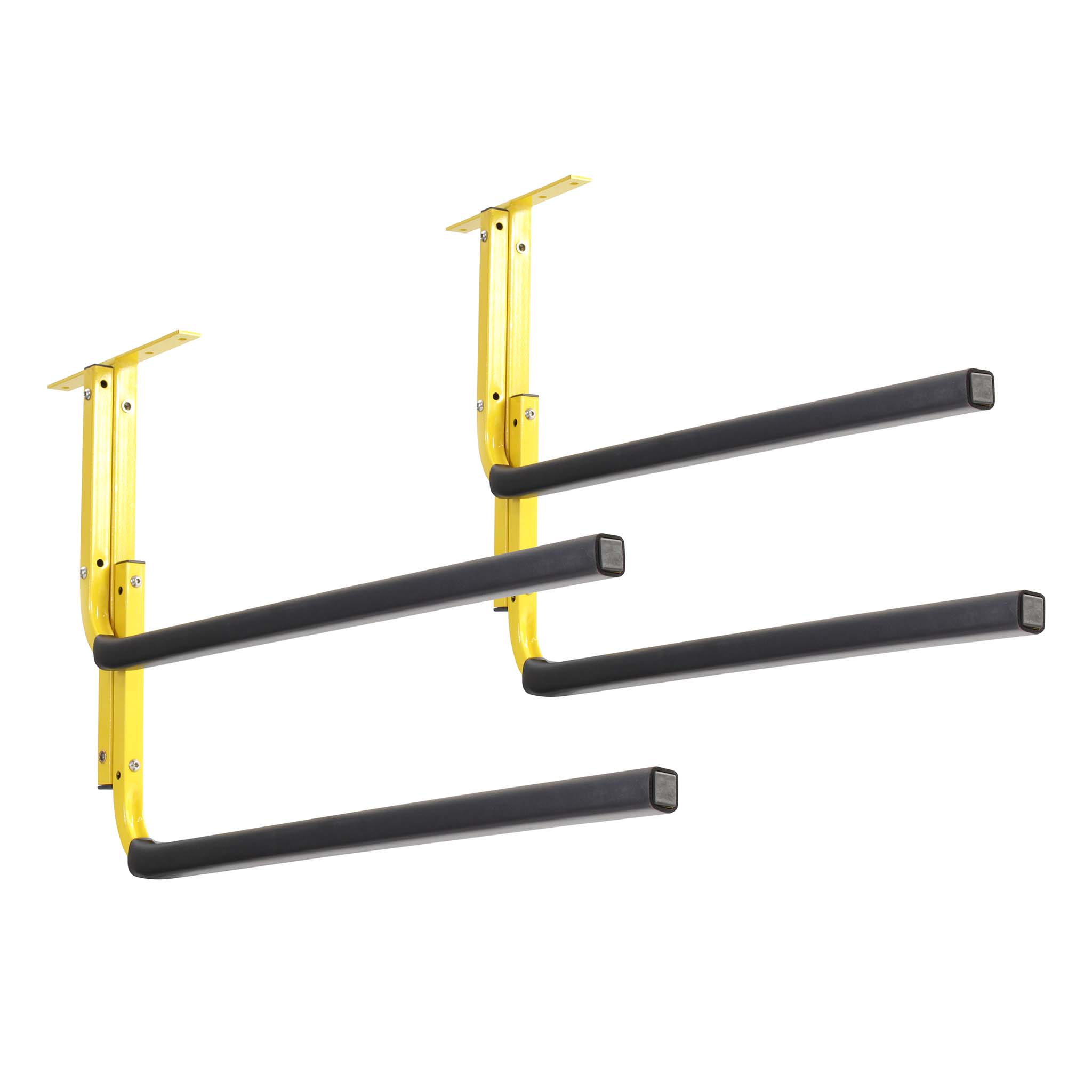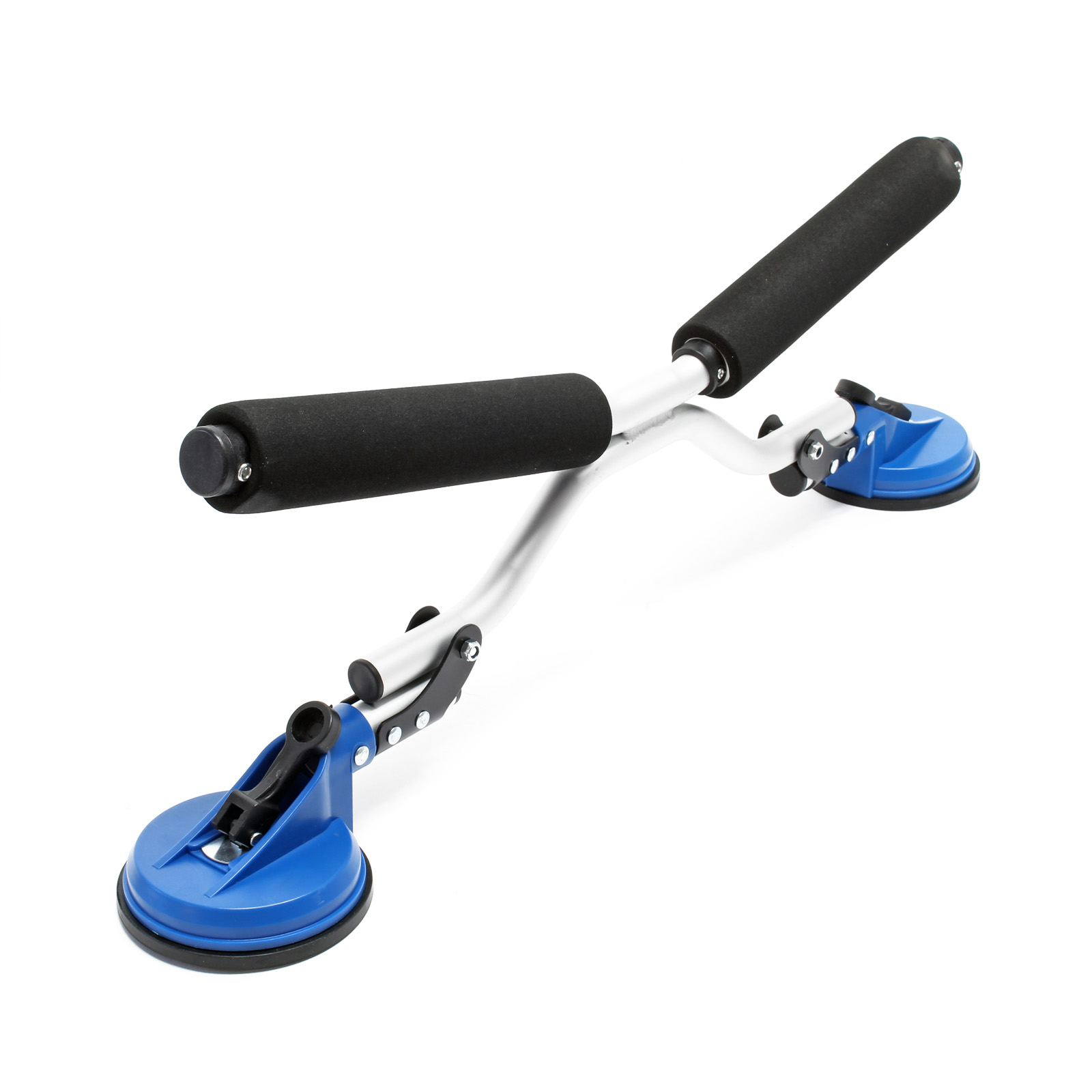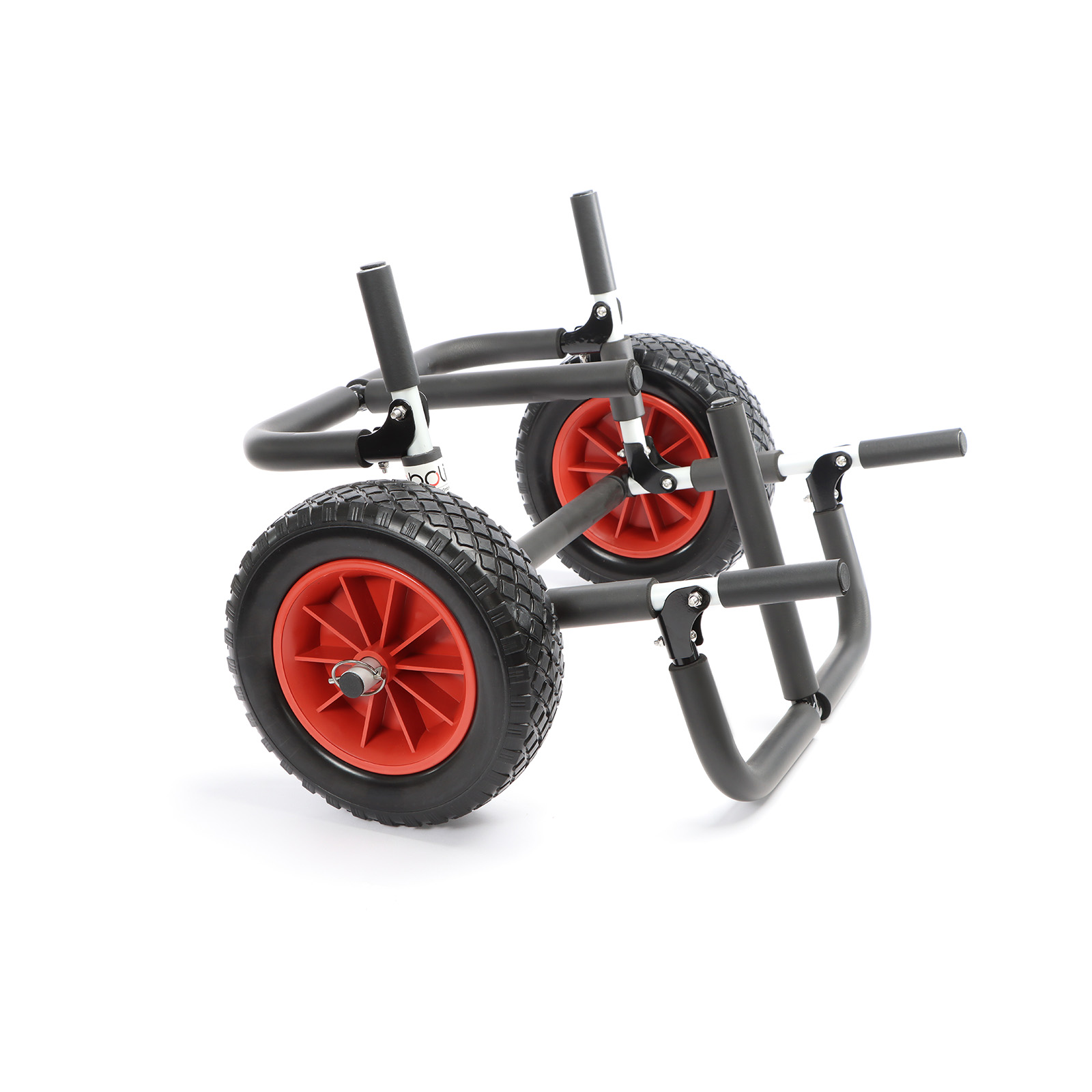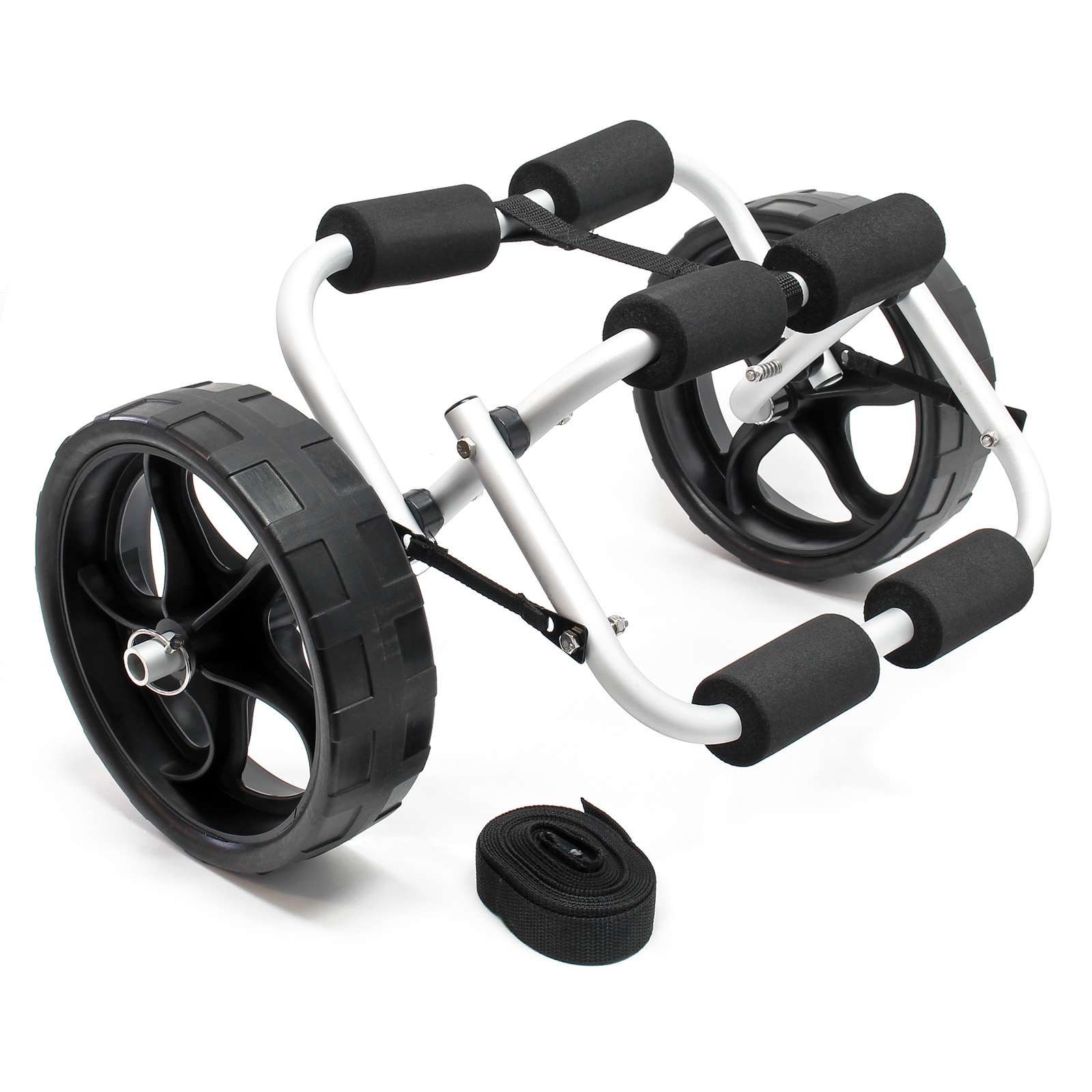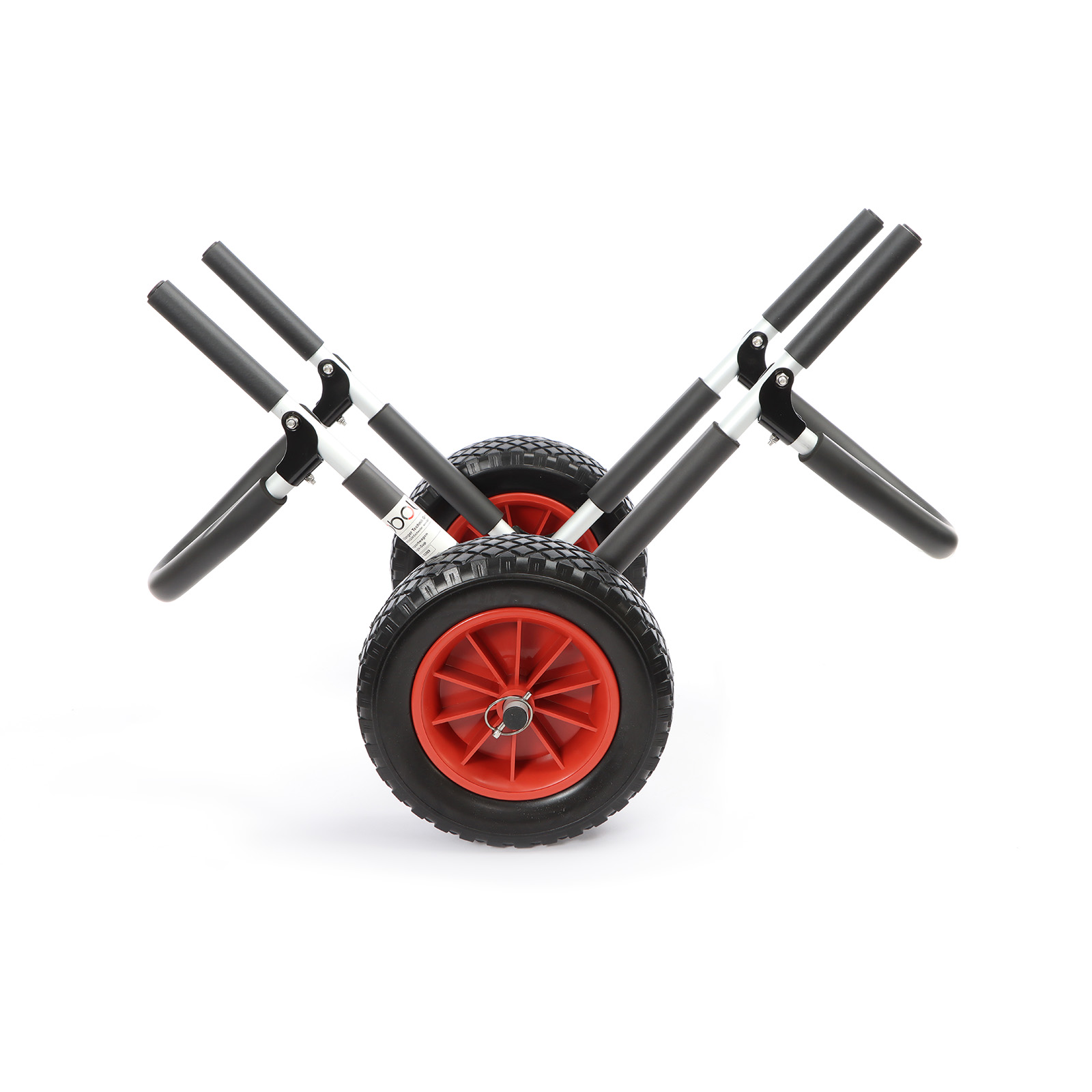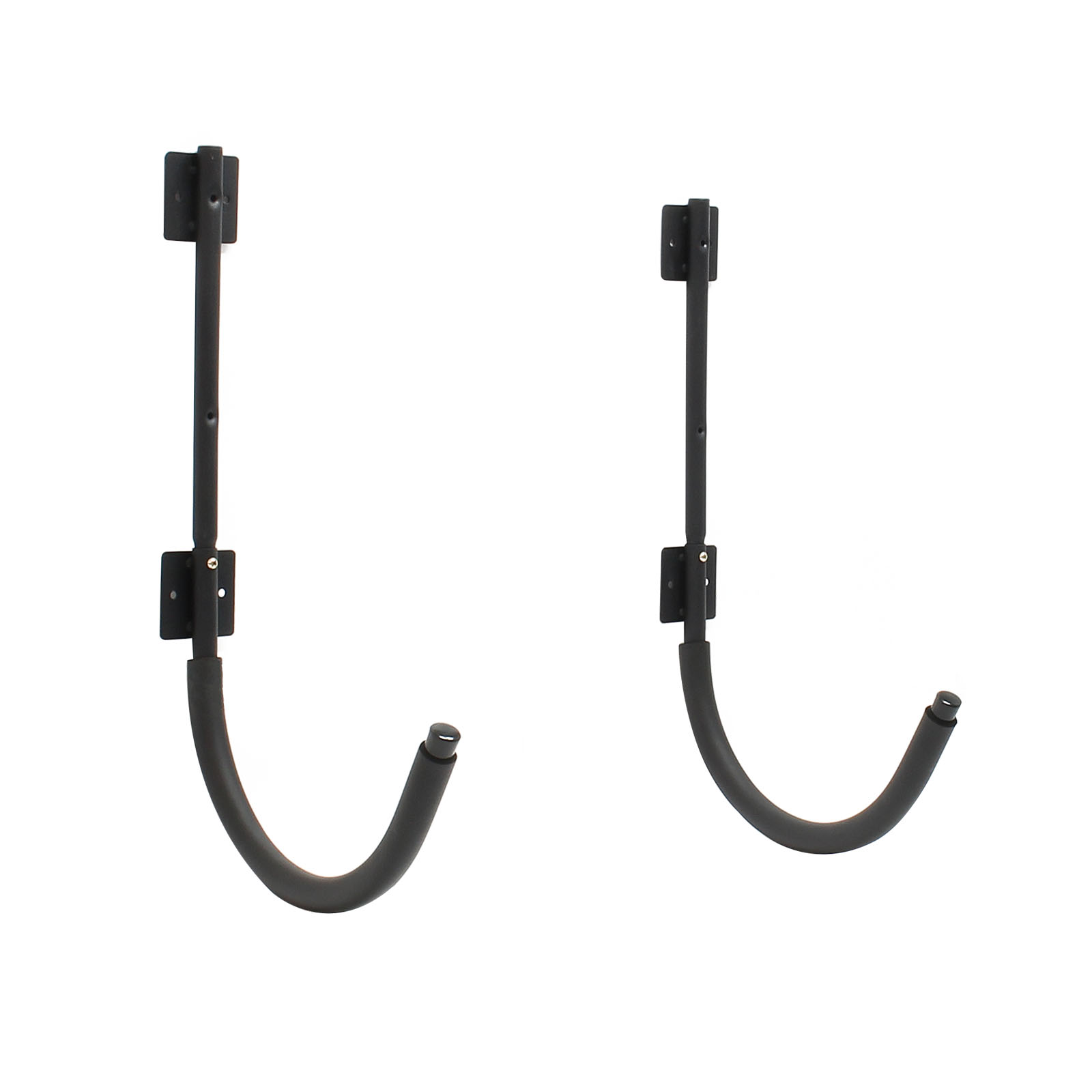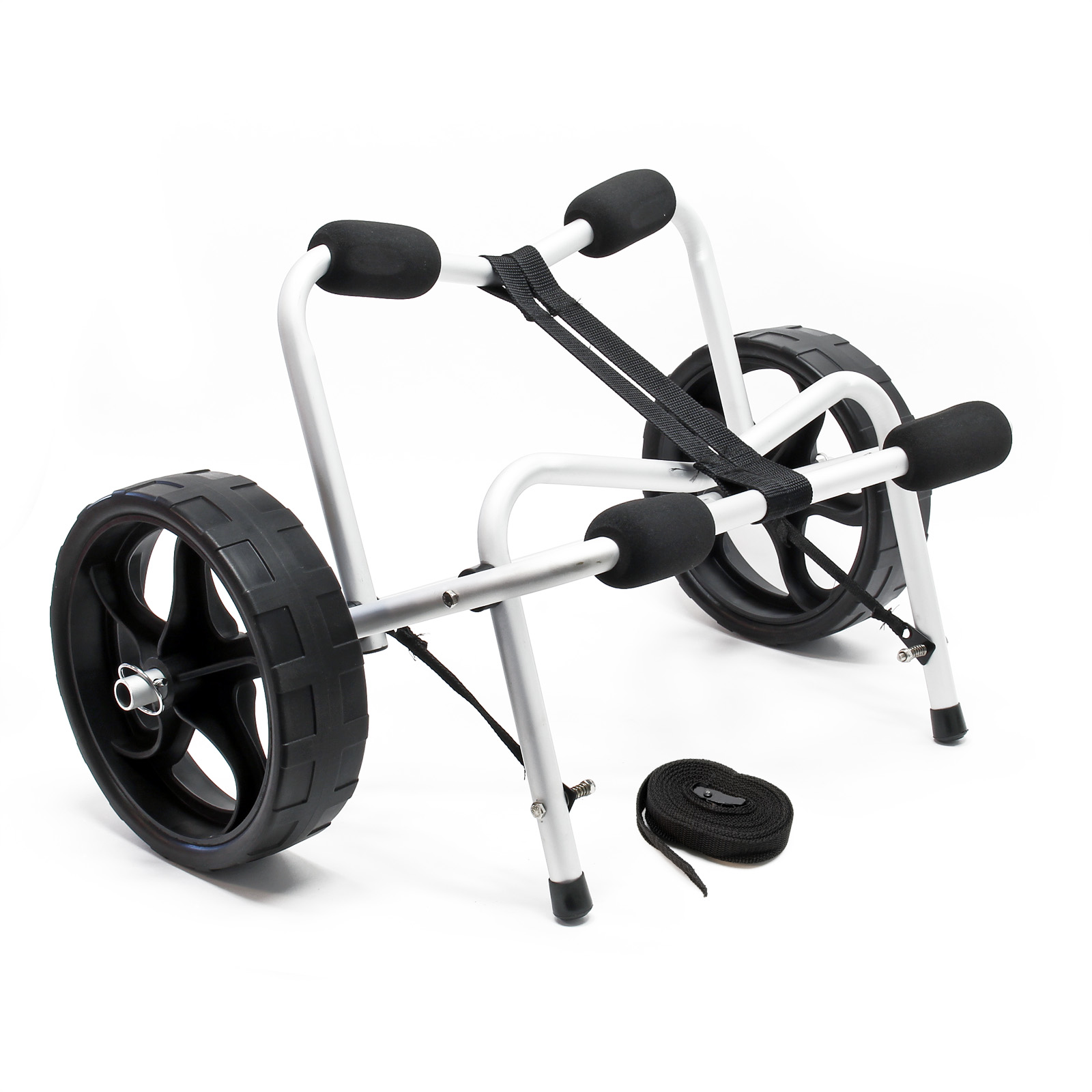Aquatics
Available, delivery time: 2 - 3 days
• For boat, canoe, kayak
• loadable up to 45 kg
• Foldable, space-saving storage
Available, delivery time: 2 - 3 days
• Max. 90 kg weight load
• Adjustable width of up to 40 cm
• Pneumatic tyres with ⌀ 26 cm
• Incl. 2 safety belts
Available, delivery time: 2 - 3 days
• Angular position adjustable
• Galvanised steel
• Width 80 cm
• Capacity load 500 kg
Available, delivery time: 2 - 3 days
• For surf board snowboard skateboard paddle etc.
• Powder-coated heavy-duty steel, total load 100kg
• Padded supporting arms to prevent scratches
• Lock system to adjust the spacing of the racks
Available, delivery time: 2 - 3 days
• Foldable and transportable
• For storage, cleaning, presentation, etc.
• From aluminium
• Unfolded: 370x330x410mm
Available, delivery time: 2 - 3 days
• Angular position adjustable
• Galvanised steel
• Width 111 cm
• Capacity load 1000 kg
Available, delivery time: 2 - 3 days
• Simple installation
• Adjustable angle
• Max. loading capacity 70kg
• With lashing straps
Available, delivery time: 2 - 3 days
• Max. 90 kg weight load
• Adjustable width of up to 31 cm
• PU wheels with ⌀ 22 cm
• Incl. 2 safety belts
Available, delivery time: 2 - 3 days
• High quality manufacturing
• Easy installation
• Fits almost all kinds of roof racks
• With foam padding
Available, delivery time: 2 - 3 days
• Suitable for usage on different surfaces
• Removable wheels
• Foldable
• Load capacity: max. 68 kg
Available, delivery time: 2 - 3 days
• Space-saving
• Ceiling/ wall mounting
• Optimal weight distribution
• Load capacity (ceiling/ wall):
• Approx. 23 kg/ approx. 45 kg
Available, delivery time: 2 - 3 days
• The bicycle lift is suitable for max. 45kg load
• Steel brackets for safe mounting on the ceiling
• Suitable for a ceiling height of up to 3.7 m
• For kayaks, bikes, canoes, boats, ladders etc.
Available in 25 days, delivery time 2 - 3 days
• For surf board snowboard skateboard paddle etc.
• Powder-coated heavy-duty steel, total load 60kg
• Padded supporting arms to prevent scratches
• Lock system to adjust the spacing of the racks
Available, delivery time: 2 - 3 days
• Max. 90 kg weight load
• Adjustable width: 180-310mm
• PU wheels with ⌀ 31 cm
• Incl. 2 safety belts
Available in 38 days, delivery time 2 - 3 days
• For SUP, kayak, surfboard, snowboard, etc.
• From powder-coated steel
• Supporting arms with smooth padding
• For one-side and two-side storage
Available, delivery time: 2 - 3 days
• Stainless steel
• Anti-skid coating
• Charge load 80 kg
• Incl. steel rope to fix a lock
Available, delivery time: 2 - 3 days
• easy attachment and removal
• capacity: up to 100 kg
• for all vehicle types
• material: aluminum
Available, delivery time: 2 - 3 days
• The SUP carrier has a size of 48 x 63 x 36 cm
• For boards with max. 16 cm width and 45 kg
• Sturdy frame of saltwater-resistant aluminium
• Removable PU wheels and folding mechanism
Available, delivery time: 2 - 3 days
• 2 pcs (one pair)
• Capacity: approx. 80kg
• Foldable
• Non-slip rubber pads
Available, delivery time: 2 - 3 days
• Max. 45 kg weight load
• For kayaks, canoes & small paddling boats
• Foldable
• Incl. nylon fastening belt
Available, delivery time: 2 - 3 days
• The SUP carrier has a size of 73 x 45 x 60 cm
• For boards with max. 16 cm width and 45 kg
• Sturdy frame of saltwater-resistant aluminium
• Removable PU wheels and folding mechanism
Available, delivery time: 2 - 3 days
• Space saving
• Load capacity: 45 kg
• Simple assembly
• Secure/ stable hold
Available, delivery time: 2 - 3 days
• Max. 68 kg weight load
• For kayaks, canoes & small paddling boats
• Foldable
• Incl. nylon fastening belt
Available, delivery time: 2 - 3 days
• Easy attachment/removal due to suction cups
• Load capacity up to 100 kg
• For almost all vehicle types
• Material: Aluminium














